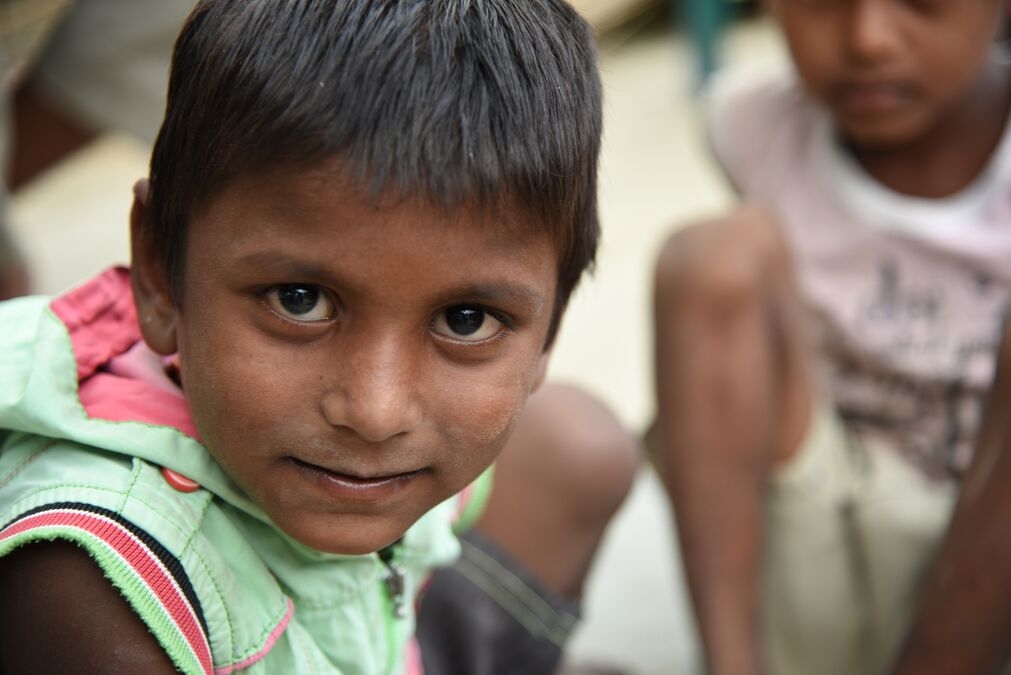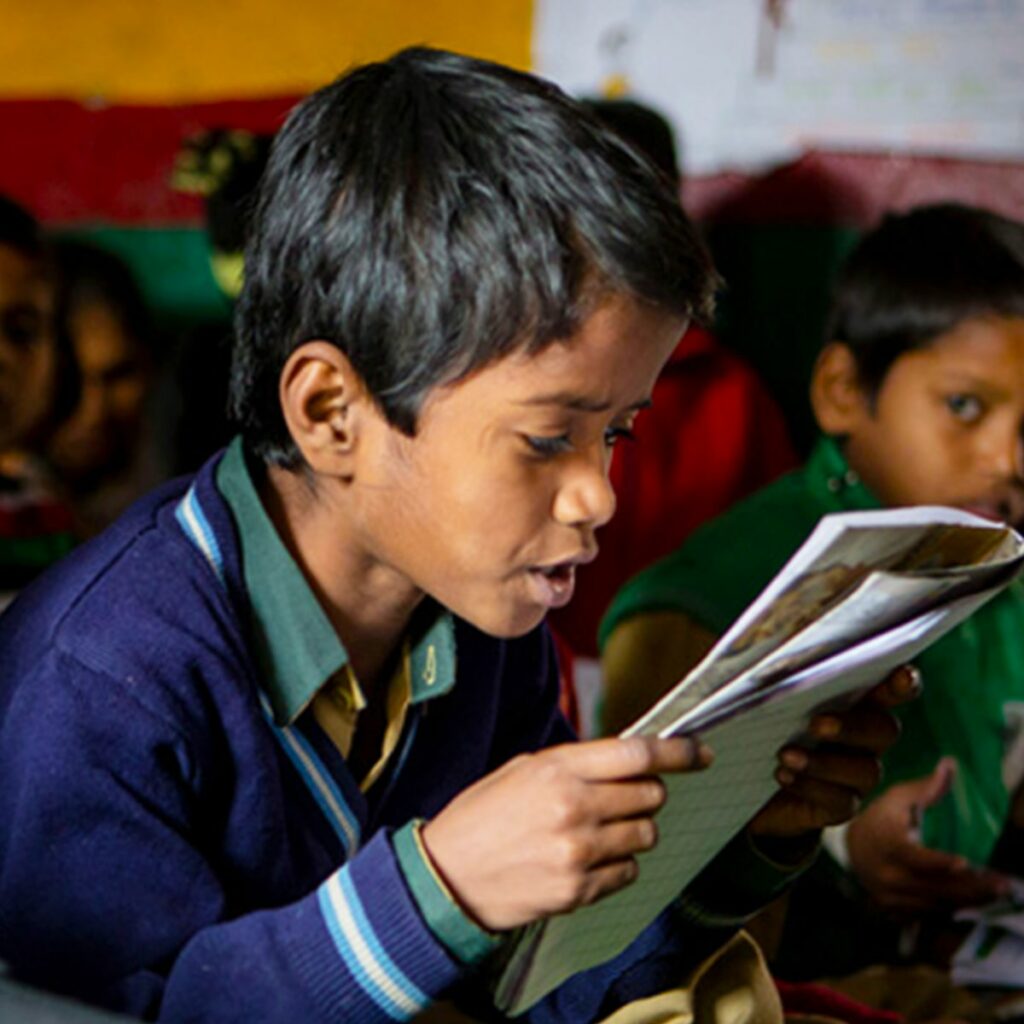
The Link Between Child Labour and Child Trafficking
Child labour and child trafficking are deeply connected issues affecting millions of children in India. Children forced into labour are often vulnera....
Read MoreChild labour and education are closely linked, as a lack of quality schooling often leads children into the workforce.
Child labour continues to be a significant challenge in India, denying many children of their childhood, education, and potential. Addressing this issue requires a multifaceted approach, with education playing a pivotal role in breaking this cycle.
Child labour is the employment of children in work that refuses them their childhood, interferes with their chances to attend regular school, and is mentally, physically, socially, or morally harmful. In India, despite various efforts, child labour persists due to socioeconomic factors.
At the start of 2020, approximately 160 million children worldwide were engaged in child labour, comprising 63 million girls and 97 million boys (Source: UNICEF, 2024).
These figures emphasise the urgent need for effective interventions in the prevention of child labour.

Education is a powerful tool in the fight against child labour. Access to quality education provides children with the knowledge and skills necessary to pursue better opportunities, reducing the likelihood of them prematurely entering the workforce.
Child labour continues to be a major issue in India, robbing many children of their childhood, education, and potential. However, education can break the cycle of poverty in the following ways:
Investing in children's education yields long-term socioeconomic benefits, including:
Also Read: Types Of Child Labour In India
Several obstacles hinder children's access to education in India:
Many regions, especially rural areas, have a shortage of schools, inadequate infrastructure, and insufficient qualified teachers, which limits children's educational opportunities.
In some communities, traditional beliefs and economic hardships lead families to prioritise work over education for their children, sustaining the cycle of child labour. Social, economic, and cultural factors, along with poverty and illiteracy, are significant contributors to child labour in India (Source: Ministry of Labour & Employment).
Addressing these challenges requires a comprehensive approach, including improving educational infrastructure, training teachers, and raising awareness about the importance of education to combat child labour.
To combat child labour, the following strategies are essential:
By addressing these areas, we can create an environment where children are free to learn and grow, breaking the cycle of child labour.
Also Read: Effects Of Child Labour In India
Numerous initiatives have demonstrated the positive impact of education in reducing child labour. For instance, the National Child Labour Project (NCLP) Scheme, initiated by the Government of India in 1988, has rehabilitated working children by providing them with education and vocational training.
During the 2021-22 and 2022-23 periods, the NCLP scheme successfully rescued, rehabilitated, and mainstreamed 18,137 and 13,761 children, respectively (Source: Ministry of Labour & Employment, 2023).
CRY India plays a pivotal role in breaking the cycle of child labour through education by implementing several key strategies:
CRY collaborates with policymakers to strengthen child protection laws and ensure effective implementation. By engaging with government bodies, CRY advocates for policies prioritising children's rights and education, aiming to create a legal framework that prevents child labour and promotes education.
CRY works closely with local communities to raise awareness about the importance of education and children's rights. Through grassroots initiatives, CRY educates families and communities about the harmful effects of child labour and the long-term benefits of education, promoting a culture that values and supports children's education.
CRY facilitates children's transition from labour to schooling by supporting bridge education programs and enrolment drives. These programs provide remedial education to children who have missed formal schooling, helping them reintegrate into the education system and catch up with their peers.
Additionally, CRY conducts enrolment drives to ensure that children are enrolled in schools and receive the necessary support to continue their education. Over the past three years, CRY has successfully rescued 9,465 children, protecting them from child labour.
Also Read: Ways To Eliminate Child Labour
Reducing child labour is a collective responsibility that requires active participation from individuals, communities, and organisations. Here are several ways you can contribute:
By actively volunteering in these efforts, you can significantly impact the combat against child labour.
By collectively focusing on education and supportive measures, we can work towards breaking the cycle of child labour in India, ensuring a brighter future for all children.
Child labour involves children engaging in work that hinders their education and development. In India, it is prevalent due to factors like poverty, lack of access to quality education, and limited awareness about child labour's negative impacts.
Child labour can lead to physical injuries, mental health issues, and hindered development due to the demanding nature of work and lack of educational opportunities.
Education can shatter the cycle of child labour in India by equipping children with knowledge and skills, leading to better job opportunities and reducing poverty. Access to quality education empowers children, making them less likely to enter the workforce prematurely.
Children in India face several barriers to accessing education, including poverty, inadequate infrastructure, gender discrimination, and social inequalities. Many families cannot afford educational expenses, schools often lack proper facilities, girls face societal biases, and marginalised communities experience systemic disparities.
NGOs can raise awareness, advocate for policy changes, and implement programs that facilitate children's access to education and reduce child labour.
The National Child Labour Project (NCLP) Scheme has been crucial in reducing child labour in India by integrating affected children into formal education systems. In the 2022-2023 period, the scheme successfully rescued 13,761 children.
The Indian government has implemented the Child Labour (Prohibition & Regulation) Act 1986 and schemes like the NCLP to prohibit child labour and promote education.
You can support by donating to or volunteering with NGOs like CRY India, raising awareness, and advocating for policies that protect children's rights and promote education.